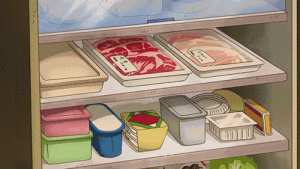
“The food must be cold before it can be put in the refrigerator, otherwise it will affect the life of the refrigerator.” There are probably many people holding this view.
However, in the opinion of nutrition experts, this can easily lead to bacterial reproduction and increase the risk of food poisoning.
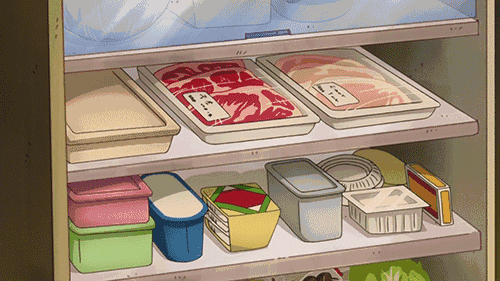
4℃~60℃
Food “Dangerous Temperature Zone”
After the meal is ready, when the temperature starts to drop, the bacteria also begin to “settle”:
Above 60°C, most bacteria cannot survive;
When the temperature of the food drops to 60 ℃, bacteria will start to grow;
The temperature drops to 30°C~40°C, and the bacteria multiply vigorously;
When the temperature drops to 4 ℃, the growth rate of bacteria will be significantly slower.
Therefore, 4℃~60℃ is called the “dangerous temperature zone” of food, and bacteria will multiply in this zone.
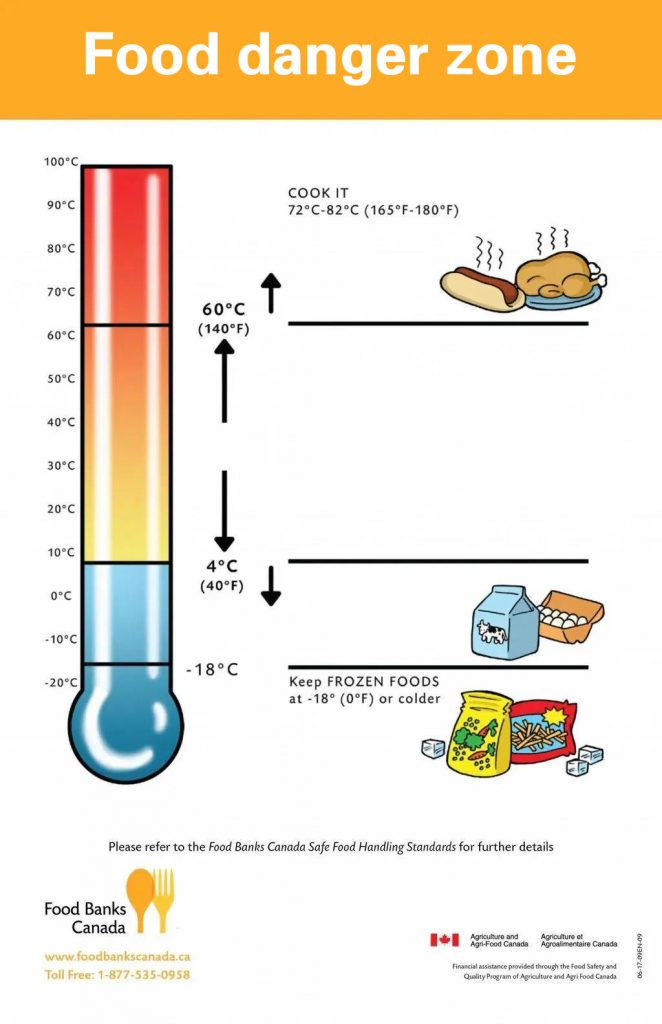
For example, 35°C~37°C is the internal organ temperature of the human body, and it is also the optimal growth temperature for food-borne pathogens such as Salmonella and Staphylococcus aureus.
Two keys to keeping food in the refrigerator
No matter how the operation is done, the core is “to minimize the storage time of food in the temperature range of 4℃~60℃”.
There are two keys to keeping food in the refrigerator: while it’s hot + sealing.
Of course, while it’s hot, it doesn’t mean that you just put it in when it’s out of the pot or very hot. It can be sealed in a fresh-keeping box or fresh-keeping bag in advance, put it at room temperature for a while, and put it in the refrigerator before it is not lower than 60°C (feel hot but not scalded).
It is recommended to use a small square or rectangular fresh-keeping box with a lid, which can make full use of the refrigerator space, reduce odor, and prevent water evaporation.
When packing the box, pack it according to the amount that can be eaten at a time, take one box of food and heat it at a time, and keep the rest in the deep refrigerator to avoid repeated heating.
The World Health Organization also recommends that food should not be stored for more than 2 hours at room temperature.
If it has been more than two hours, it should be confirmed that the food has not deteriorated and is fully heated before eating.
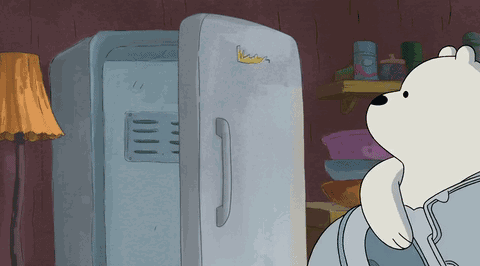
Many people worry that putting hot dishes directly into the refrigerator will damage the refrigerator. In fact, the refrigeration efficiency of current refrigerators has been greatly improved. Although putting hot dishes in the refrigerator will increase the burden on the refrigerator slightly, they are all within the normal operating range of the refrigerator.
For the same reason, the method of defrosting food at room temperature is not scientific. It usually takes more than 2 hours to thaw at room temperature, and the food will be exposed to the “dangerous temperature zone”, which gives bacteria a better chance to grow.
The most recommended way is to put the frozen food in the lower part of the refrigerator in advance, and it can be used for cooking after thawing. Generally, large pieces of meat should be put in the refrigerator at least 12 hours in advance, and the time for small pieces can be halved.
Reheating
An important step that can’t be saved
In addition to reasonable storage, re-boiled heating is also the key to ensuring health.
Refrigerators cannot kill bacteria, but inhibit them, and a few bacteria can still grow in the refrigerator. Therefore, the food in the refrigerator should be eaten as soon as possible, and fully heated before eating.
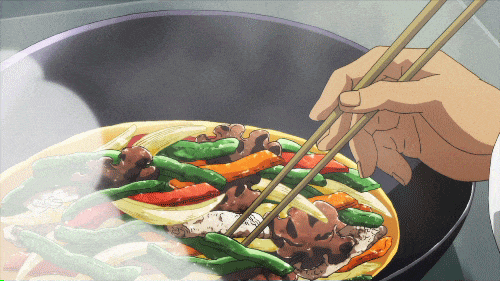
Different leftovers have their own techniques for heating——
Seafood: Fish, shrimps, crabs and shellfish are the most intolerant. Even if they are stored at low temperatures, they will produce bacteria and deteriorate easily.
It is best to add some onions, ginger, garlic and other condiments when heating, so that it can not only improve the freshness, but also have a certain sterilization effect.
Meat: Be sure to heat it thoroughly, preferably for more than 10 minutes, or microwave for more than 1 minute.
When heating, you might as well add some vinegar. Meat is rich in minerals, which will overflow with moisture when heated. These substances will synthesize calcium acetate when encountering acetic acid, which is beneficial to the body’s absorption and utilization.
Staple food: rice, steamed buns and other staple foods are best eaten the next day, because starchy foods are easy to breed staphylococcus and aflatoxin.
In life, it is best to plan first when cooking and try to reduce the remaining meals. Compared with meat dishes and seafood, vegetables are prone to produce nitrite during storage. Therefore, it is better to leave meat dishes than vegetable dishes.
Among meat dishes, the aquatic products should be eaten first. The protein is particularly easy to be decomposed by microorganisms, and shrimp, crab, shellfish and other aquatic products are usually cooked with freshness and short heating time. If the heat is not thorough, there is also a risk of diarrhea.
Meat dishes such as fish and meat can be stored in the refrigerator for about 2 days, and if they are put in the freezer, they can be stored for more than 1 week.
Comments